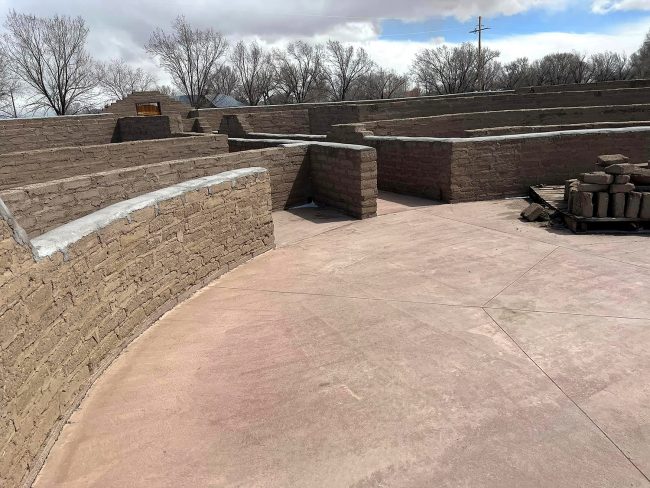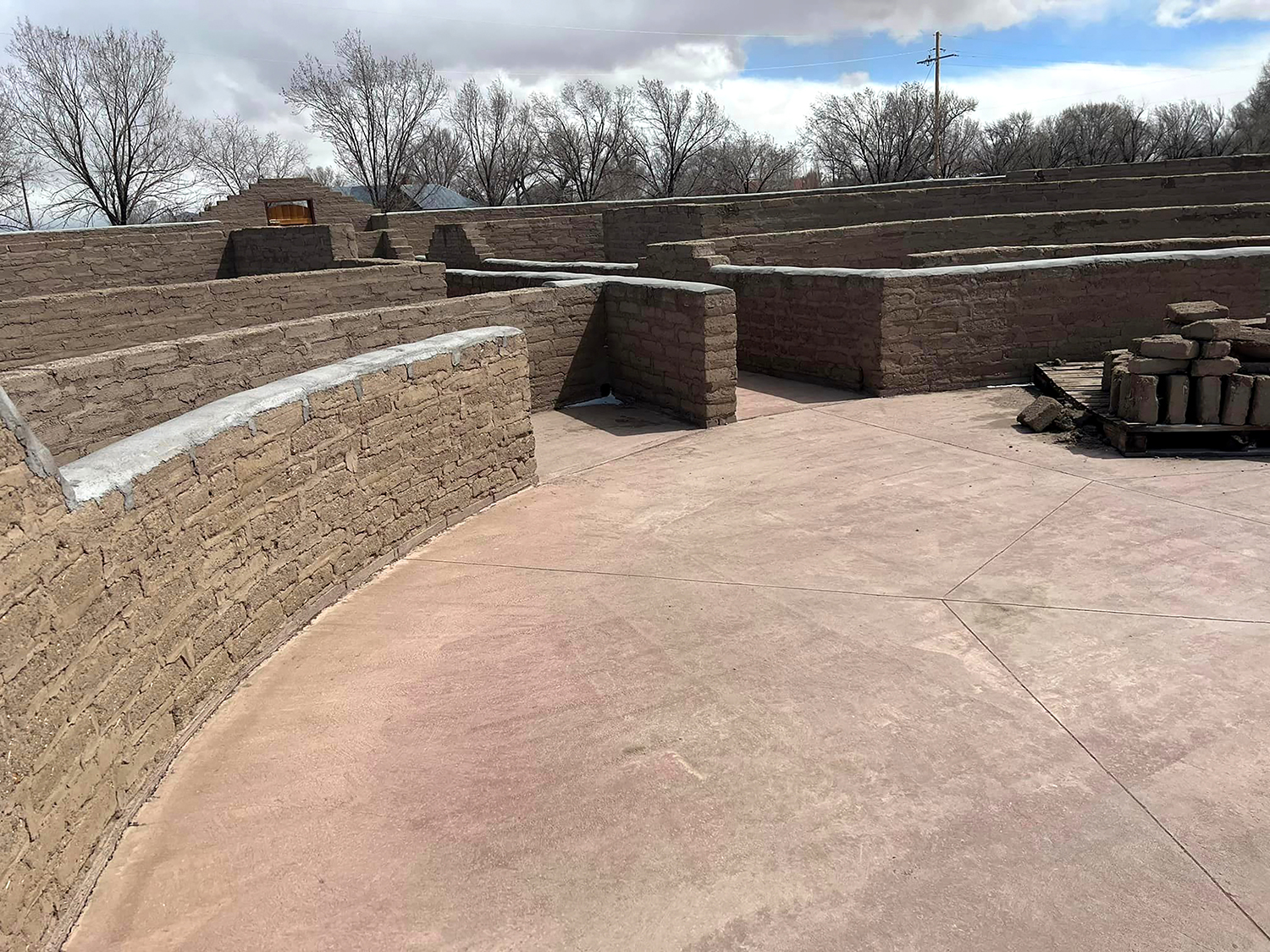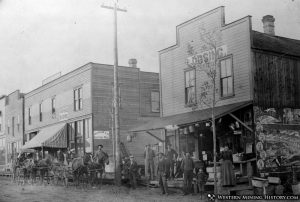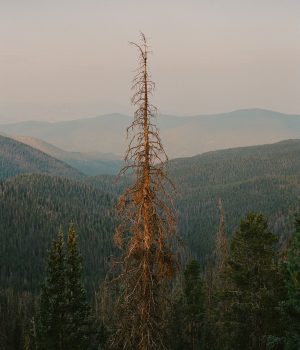A PERSON CAN GET LOST IN A MAZE, but not in a labyrinth. “In a labyrinth you end where you began,” explained Alfonso Abeyta. He is a main member of a volunteer committee in Conejos in the San Luis Valley who have built a unique structure known as the El Santuario de los Pobladores, or the Sanctuary of the Settlers. “We have had visitors and interest from all over the United States. It’s one of a kind,” said Abeyta.
That sentiment is definitely reflected in the structure entirely made of adobe. Workers and volunteers learned to make the adobe bricks themselves to offset costs. Abeyta said the process was familiar to him because he grew up in a house “made entirely of adobe.” When completed, close to 40,000 adobes will have been used in the labyrinth.

The labyrinth is a physical representation of the sacred Catholic prayer known as the rosary. The rosary recites different stages of the life of Jesus Christ, known as “mysteries.” Catholics meditate on these mysteries to become deeper in their faith. The labyrinth will be open night and day so that visitors will be able to experience that same connection in a more physical way. “Each station will have a bench and a kneeler and have light,” explained Abeyta. “We’ll also have a P.A. system and people will be able to rent it out for graduation parties, family reunions or other events.”
The project came about after the late Josephine Salazar left $40,000 to the Our Lady of Guadalupe Parish, to be used on the church. The committee came up with the idea of a spiritual pilgrimage. Due to the nature of the design labyrinth, the pilgrimage will not only be an outward one but an inward one as well.
The labyrinth is located directly adjacent to the parish, which is the oldest church in the state of Colorado — another way the project connects to its deep Valley roots. The pastor of the church, Father Sergio Robles, was instrumental in helping raise funds for the labyrinth. He explained that it was also a way to honor the first non-indigenous settlers in the area. “That is what “los pobladores” means — the settlers. They had a deep Catholic faith and it sustained them as they began living and building in the area.”
The design is the brainchild of Valley native Ronald Rael, a world-renowned architect and architecture professor at the University of California, Berkeley. “He visited Spain and saw something similar and designed this. It’s amazing,” stated Abeyta.
The labyrinth has so far cost around $500,000 to build. The money has come from donors who are excited about the project. Each of the stations within the labyrinth costs about $7,000 to build. A bronze statue of Our Lady of Guadalupe, which will be built directly outside of the adobe structure, will cost $100,000, Abeyta estimated. Other statues outside will honor the original seven mission churches in the area.
Weather permitting, construction on the labyrinth will resume this spring and summer. “We hope to have it done by July. We will have a grand opening celebration, open to the public, with a dedication and a blessing,” said Abeyta.
For now, the labyrinth is open for tours by appointment only. Donors and those wanting more information are also welcome. To learn more, please call 719-376-5985.
Anthony Guerrero is an award-winning writer from the San Luis Valley. He loves learning about all the different ideas to make the Valley a great place to live.



